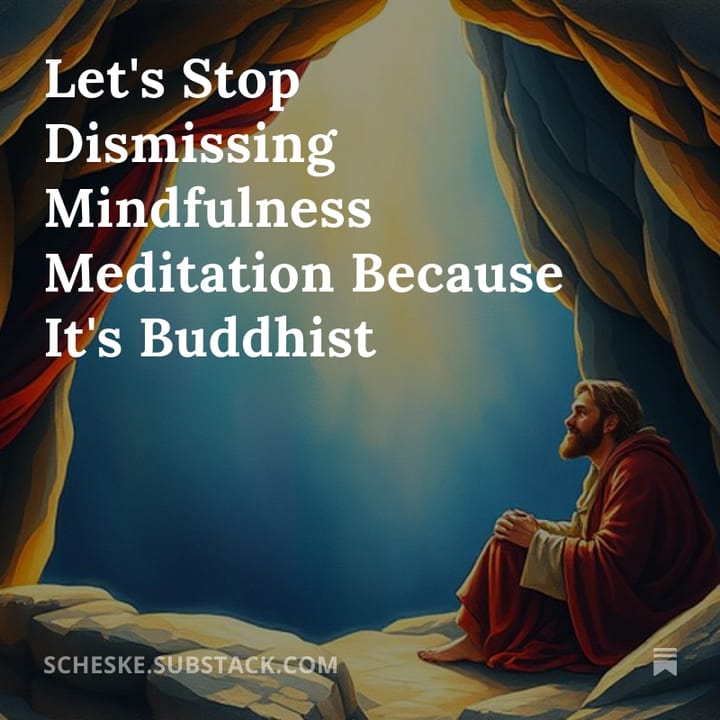Why Universities Should Be More Like Monasteries
Molly Worthen at the New York Times

Nery Rodriguez just graduated from the University of Pennsylvania with a major in economics, but one of the most significant courses she took there had nothing to do with marginal utility or game theory. When she registered last fall for the seminar known around campus as the monk class, she wasn’t sure what to expect.
“You give up technology, and you can’t talk for a month,” Ms. Rodriguez told me. “That’s all I’d heard. I didn’t know why.” What she found was a course that challenges students to rethink the purpose of education, especially at a time when machine learning is getting way more press than the human kind.
On the first day of class — officially called Living Deliberately — Justin McDaniel, a professor of Southeast Asian and religious studies, reviewed the rules. Each week, students would read about a different monastic tradition and adopt some of its practices. Later in the semester, they would observe a one-month vow of silence (except for discussions during Living Deliberately) and fast from technology, handing over their phones to him.
Yes, he knew they had other classes, jobs and extracurriculars; they could make arrangements to do that work silently and without a computer. (Dr. McDaniel offers to talk to any instructors, employers or relatives who have concerns.)
The class eased into the vow of silence, first restricting speech to 100 words a day. Other rules began on Day 1: no jewelry or makeup in class. Men and women sat separately and wore different “habits”: white shirts for the men, women in black. (Nonbinary and transgender students sat with the gender of their choice.)
Dr. McDaniel discouraged them from sharing personal information; they should get to know one another only through ideas. “He gave us new names, based on our birth time and day, using a Thai birth chart,” Sophie Ouyang, who also took the class and just graduated with a major in nursing, said. “We were practicing living a monastic life. We had to wake up at 5 a.m. and journal every 30 minutes.” If you tried to cruise to a C, you missed the point: “I realized the only way for me to get the most out of this class was to experience it all,” she said. (She did get Dr. McDaniel’s permission to break her vow of silence in order to talk to patients during her clinical rotation.)
Dr. McDaniel also teaches a course called Existential Despair. Students meet once a week from 5 p.m. to midnight in a building with comfy couches, turn over their phones and curl up to read an assigned novel (cover to cover) in one sitting — books like James Baldwin’s “Giovanni’s Room” and José Saramago’s “Blindness.” Then they stay up late discussing it. “The course is not about hope, overcoming things, heroic stories,” Dr. McDaniel said. Many of the books “start sad. In the middle they’re sad. They stay sad. I’m not concerned with their 20-year-old self. I’m worried about them at my age, dealing with breast cancer, their dad dying, their child being an addict, a career that never worked out — so when they’re dealing with the bigger things in life, they know they’re not alone.”
Both courses have long wait lists. Students are hungry for a low-tech, introspective experience — and not just students in the Ivy League. Research suggests that underprivileged young people have far fewer opportunities to think for unbroken stretches of time, so they may need even more space in college to develop what social scientists call cognitive endurance.
Yet the most visible higher ed trends are moving in the other direction. Rather than ban phones and laptops from class, some professors are brainstorming ways to embrace students’ tech addictions with class Facebook and Instagram accounts, audience response apps — and perhaps even including the friends and relatives whom students text during class as virtual participants in class discussion.
Then there’s that other unwelcome classroom visitor: artificial intelligence. A survey of 1,000 college students by the college-ranking website Intelligent found that 30 percent of respondents had already used ChatGPT to complete a written assignment. Some campus experts on teaching encourage faculty members to stop worrying and love the bot by designing assignments that “help students develop their prompting skills” or “use ChatGPT to generate a first draft,” according to a tip sheet produced by the Center for Teaching and Learning at Washington University in St. Louis.
It’s not at all clear that we want a future dominated by A.I.’s amoral, Cheez Whiz version of human thought. It is abundantly clear that texting, tagging and chatbotting are making students miserable right now. One recent national survey found that 60 percent of American college students reported the symptoms of at least one mental health problem and that 15 percent said they were considering suicide. A recent meta-analysis of 36 studies of college students’ mental health found a significant correlation between longer screen time and higher risk of anxiety and depression. And while social media can sometimes help suffering students connect with peers, research on teenagers and college students suggests that overall, the support of a virtual community cannot compensate for the vortex of gossip, bullying and Instagram posturing that is bound to rot any normal person’s self-esteem.



